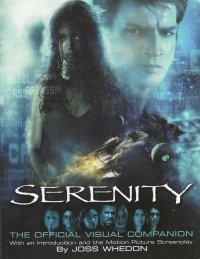 This book completes the four books I bought at Calvin’s Books the last time I went there. I was afraid that they were closing, as the Firefly books were only three dollars each, but they were not that inexpensive because they were closing. But they closed never the less.
This book completes the four books I bought at Calvin’s Books the last time I went there. I was afraid that they were closing, as the Firefly books were only three dollars each, but they were not that inexpensive because they were closing. But they closed never the less.
At any rate, I read the Firefly scripts in Firefly: The Official Companion Volume One and Firefly: The Official Companion Volume Two last summer and Firefly: Still Flying in January (when I thought it might count as a collection of short stories for the library’s Winter Reading Challenge, but it’s not really).
So this book means the end of the road unless I find some of the comic books or the recent novels cheap. So I am a little sad to come to this end. I’m sure some of that is mixed in with missing Calvin’s Books as well, although I need more books like I need more sunny days without rain here at Nogglestead.
So: It’s the shooting script for the film Serenity. As a reminder, this film came out three years after the television series, so if you watched them altogether as we did, you’ll notice things. Jewel Staite, for example, lost some weight (she said she had to eat a bunch to keep at Kaylee weight for the series in one of the previous books). And they played the characters a little different, and it was cut without some of the humor and playfulness of the television series. So the tone was a lot darker–although it might have been more in the acting and editing than the scripting. And they try to answer a lot of the questions from the television series in a fashion that’s disappointing, not on the Lost scale, but still
The book also has some inside looks at the making of the film, as the previous book does, but having read Star Trek Memories earlier in the year, I notice quite a difference in tone in the descriptions of making the film, even the nitty gritty technical aspects of it. In Star Trek Memories, making a television show is a more blue collar affair, with discussions about hitting budgets and physically doing the work, whereas these books are more about artistic vision, and the people who worked on the show take themselves very seriously. Perhaps it’s a difference in the elapsed time between the books and the television show/movie they depict (26 years have elapsed between Star Trek and its book, whereas these books came out within a couple of years). Maybe it’s a generational shift between the movie makers or between the fandoms. I dunno.
The book talks about a possible movie franchise, but that did not pan out. Maybe killing a couple of the main characters and tweely solving all the mysteries will dim that prospect for you–at least in the Star Trek movies, they only got into the habit of blowing up the ship every movie.
But, you know what? It’s been almost twenty years. Maybe it’s time for a reboot.
As I said, I was a bit sad to come to the end of the books, so I started re-watching the television series. Time will tell if I make it through again and if I watch Serenity. I invited my boys to watch, but they were not interested. So I guess I should stop making allusions to the show since perhaps nobody younger than forty-something will get it or even care.



 I bought this book
I bought this book 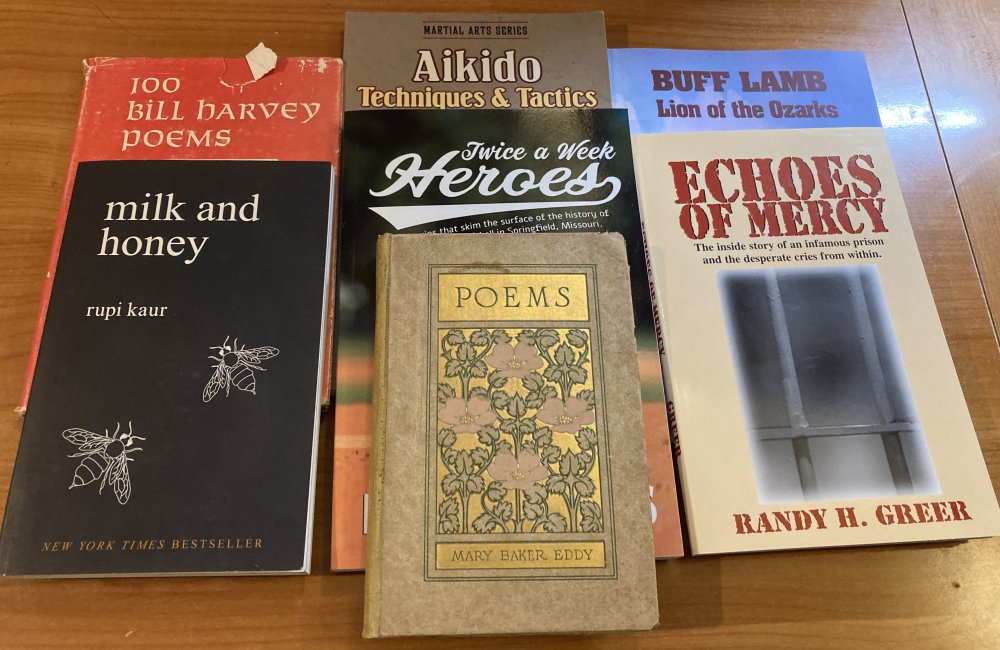
 This book bears no copyright date, but some of the poems that are dated come from the late 1960s–and the first is dated 1937 and says it’s the poet’s first poem. So we can assume this is from the 1970s or 1980s–maybe even a little later given that the collection has wingdings between poems that might come from the birth of desktop publishing. Remember, younger readers, desktop publishing referred to being able to lay out your books on your desktop computer for printing, not blogging or e-zines where the work never actually leaves the desktop (which these days includes mobile devices).
This book bears no copyright date, but some of the poems that are dated come from the late 1960s–and the first is dated 1937 and says it’s the poet’s first poem. So we can assume this is from the 1970s or 1980s–maybe even a little later given that the collection has wingdings between poems that might come from the birth of desktop publishing. Remember, younger readers, desktop publishing referred to being able to lay out your books on your desktop computer for printing, not blogging or e-zines where the work never actually leaves the desktop (which these days includes mobile devices).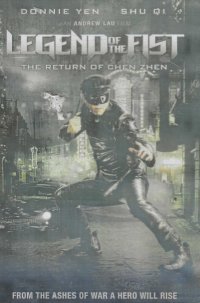 I bought this film recently on one of my antique mall splurges or at the Lutherans for Life garage sale. As it was on the top of the stack–which, in this case, means atop the old cabinet that holds our video games now that the old repurposed stereo that formerly could hold all of my unwatched videos is too full for any more–as I was saying, as it was on top of the cabinet, it took some precedence over the things behind the glass that formerly protected probably a sweet hi-fi thirty or forty or fifty years ago. But on a recent boyless night, I popped it in.
I bought this film recently on one of my antique mall splurges or at the Lutherans for Life garage sale. As it was on the top of the stack–which, in this case, means atop the old cabinet that holds our video games now that the old repurposed stereo that formerly could hold all of my unwatched videos is too full for any more–as I was saying, as it was on top of the cabinet, it took some precedence over the things behind the glass that formerly protected probably a sweet hi-fi thirty or forty or fifty years ago. But on a recent boyless night, I popped it in.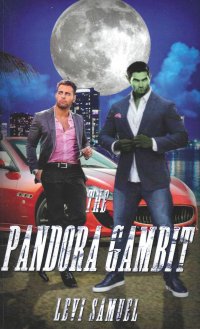 Well, it’s been a while since I bought this book–I got it at the last LibraryCon,
Well, it’s been a while since I bought this book–I got it at the last LibraryCon, 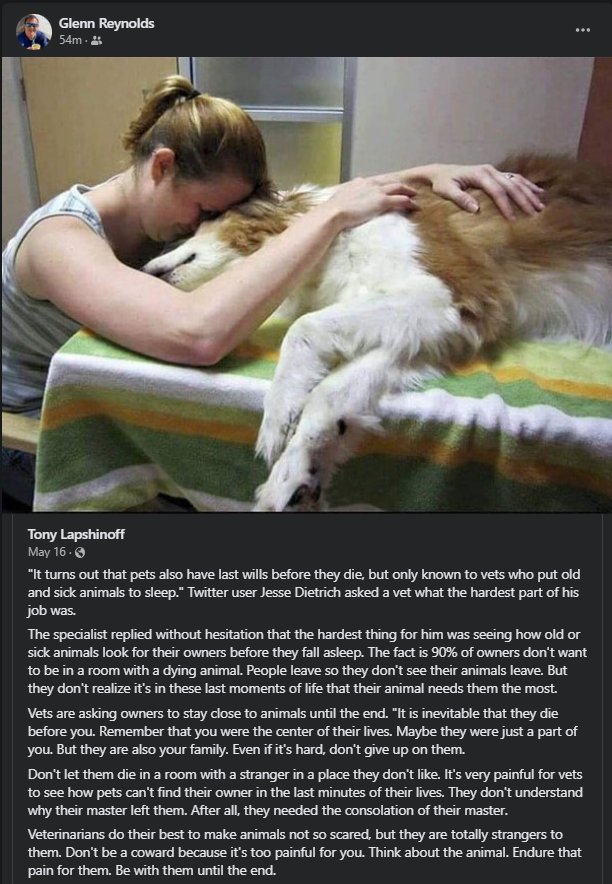
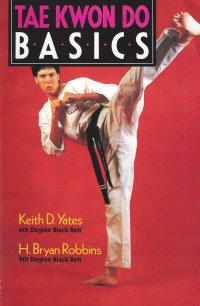 I bought this book
I bought this book 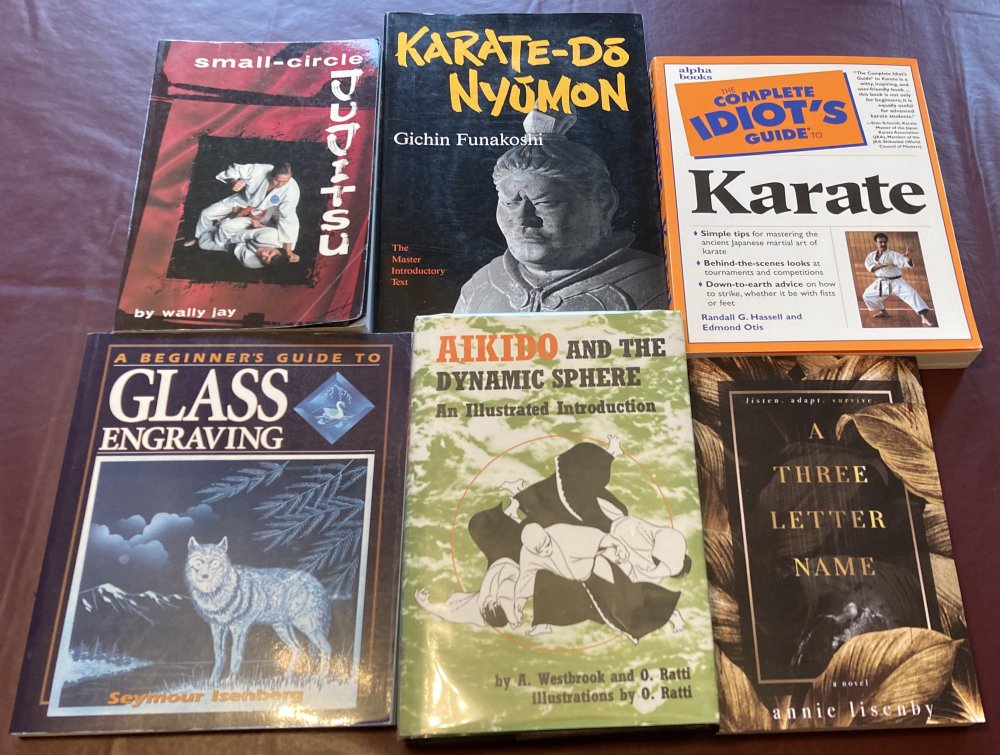
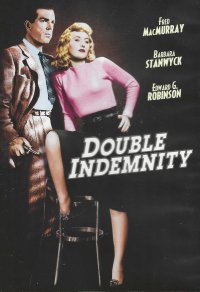 I know, I know; it’s taken me how long to see this film whose screenplay was written by Raymond Chandler? This long, gentle reader, this long. So the real Chandler fans amongst you can titter behind your hands. I don’t know why it took so long; I guess it had been until now that I’d found it inexpensive for sale, or until recently that I was in the mood for a black and white noir film.
I know, I know; it’s taken me how long to see this film whose screenplay was written by Raymond Chandler? This long, gentle reader, this long. So the real Chandler fans amongst you can titter behind your hands. I don’t know why it took so long; I guess it had been until now that I’d found it inexpensive for sale, or until recently that I was in the mood for a black and white noir film. This book was in the poetry section at ABC Books, but that’s a bit of a misnomer. The author’s bio calls him a social media influencer, and the book reads like a bunch of Instagram posts. Some are a couple paragraphs of prose, and some are “poetry,” although they’re just prose with line breaks.
This book was in the poetry section at ABC Books, but that’s a bit of a misnomer. The author’s bio calls him a social media influencer, and the book reads like a bunch of Instagram posts. Some are a couple paragraphs of prose, and some are “poetry,” although they’re just prose with line breaks.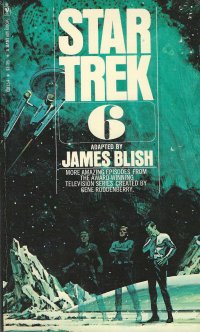 You know, I had almost forgotten that I was working my way through these books earlier this year. So when I was looking at the to-read books in the hallway, I thought, Oh, yeah, and this book provided just what I was looking for: A quick and pleasant read. I mean, I have to get my stats up. I’m only in the 40s in the books read in 2022 list, and it’s almost August. And I’m not sure we’ll have the football package this year for me to browse monographs and chapbooks.
You know, I had almost forgotten that I was working my way through these books earlier this year. So when I was looking at the to-read books in the hallway, I thought, Oh, yeah, and this book provided just what I was looking for: A quick and pleasant read. I mean, I have to get my stats up. I’m only in the 40s in the books read in 2022 list, and it’s almost August. And I’m not sure we’ll have the football package this year for me to browse monographs and chapbooks.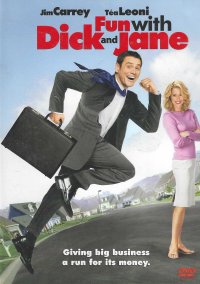 This film is a seventeen-year-old remake of a
This film is a seventeen-year-old remake of a